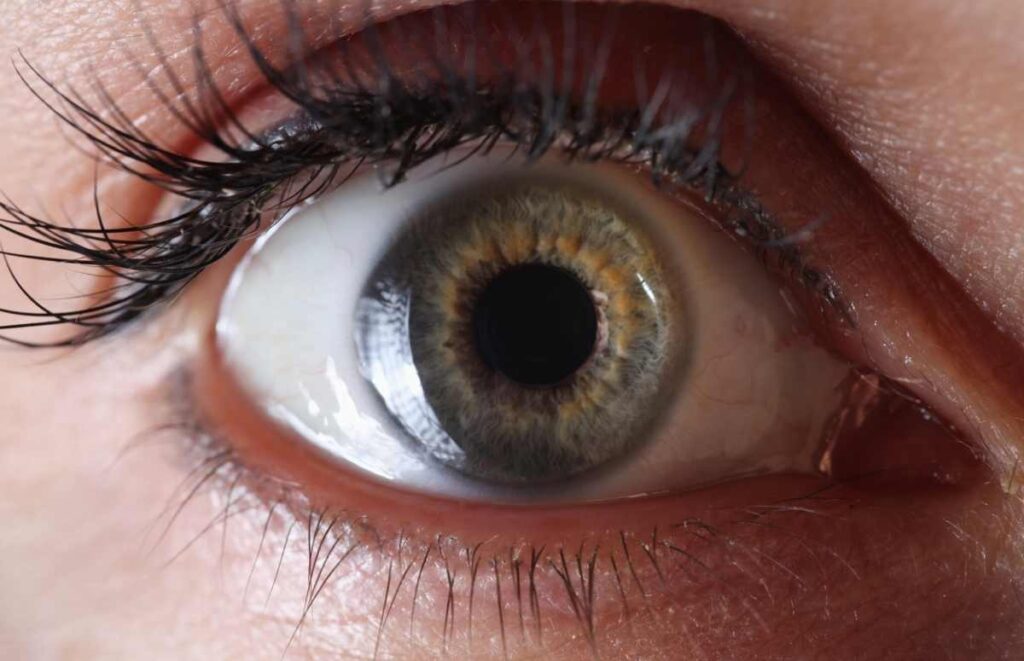What Is Retinal Detachment?
The health of your eyes is incredibly important. While we often take our vision for granted, it does need to be monitored and checked on from time to time, as with any other part of the body. Therefore, making regular eye appointments with your optometrist is crucial, as they can help ensure the quality of your vision. This, in turn, positively impacts your daily life, as you can be confident that any limitations or barriers related to your eyes have been removed, if possible.

Eye health is more than simply having clear vision, however. Sometimes unexpected issues can pop up, which can be stressful and worrying. In such instances, don’t hesitate to turn to your eye doctor as soon as possible to work towards correcting your problem.
One relatively common issue that can impact your eyesight is retinal detachment. But what exactly is retinal detachment, and how can you tell if you’re suffering from it? Let’s take a look.
What is retinal detachment?
As defined by the National Eye Institute, retinal detachment happens when your retina (a light-sensitive layer of tissue in the back of your eye) is pulled away from its normal position at the back of your eye. This separates the retinal cells from the layer of blood vessels that provides oxygen and nourishment. The longer you wait to treat retinal detachment, the greater risk you have of permanent vision loss in the affected eye. Therefore, detached retinas are considered a medical emergency. If you believe you are experiencing such an issue, go to an eye doctor or emergency room immediately.
How can you tell if you have retinal detachment?
Unfortunately, if only a small part of the eye is detached, you may not be able to notice any symptoms. Your eye doctor will be able to diagnose you during a regular check-up, but this discovery would depend on you having an appointment.
However, if your retina is more severely detached, you will notice a negative impact on your vision. Some symptoms include:
- Vision that is less clear than normal
- The appearance or substantial additions of eye floaters (small dark spots or squiggly lines that float across your vision)
- Flashes of light in one eye or both
- A dark shadow on the sides or in the middle of your vision
The symptoms of retinal detachment do appear quickly and the lasting effects can be severe, so it’s important not to minimize what you are experiencing. It’s better to play it safe and visit a professional if you believe your vision is at risk.
What is the risk of you getting a detached retina?
Everyone is susceptible to retinal detachment, but it doesn’t “just happen”. The most common causes are ageing or eye injury, but there are criteria that put you at higher risk for such an issue. These include:
- You or a family member has had a detached retina before
- You’ve had a serious eye injury
- You’ve had eye surgery
- You have diabetic retinopathy
- You have extreme nearsightedness, also known as myopia
- You have been diagnosed with posterior vitreous detachment
While there’s no way to prevent detached retinas as a result of ageing, you can minimize the risk of eye injury by wearing safety goggles or protective eye gear.
How do you treat retinal detachment?
There are two main ways in which retinal detachment is treated. The first is a freeze treatment, which seals any tears or breaks in your retina. This is typically performed on smaller tears and can be completed at your eye doctor’s office. The second method is surgery, which will move your eye back into place. This is typically done on more extreme detachments and will need to take place at a hospital.

Deepa Mahar is an independent blogger and admin of DeepAdvices who is exploring the beauty of the blog writing from a variety of subjects and books to health, science and others. She believes the blog would be helpful to the reader in the context of knowledge. She is post-graduated with a degree of Biotechnology.





